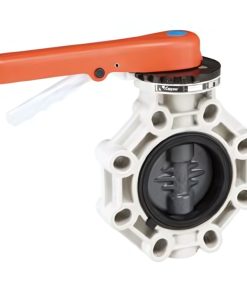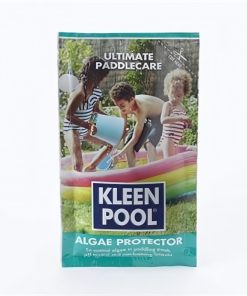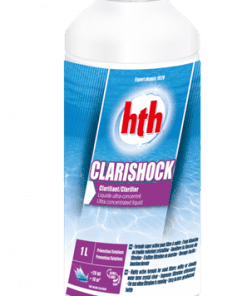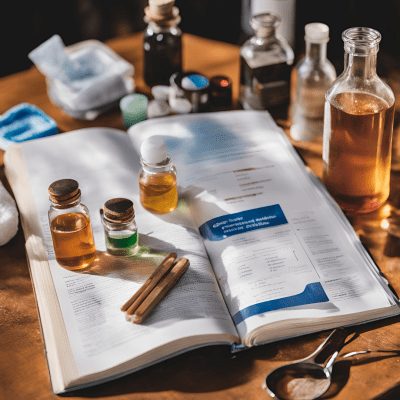Hottub, Swimming Pool
Pseudomonas Infections and Spa Pools: What You Need to Know
Pseudomonas Infections and Spa Pools: What You Need to Know
Hot tubs and spa pools create an environment for relaxation but they serve as hosts to bacteria that induce infections. The primary bacterium that causes concern in spa pools is *Pseudomonas aeruginosa* because it leads to folliculitis which is a skin infection. The Health and Safety Executive (HSE) reports numerous cases of folliculitis outbreaks which have originated from spa pools and hot tubs [8]. Learning about the situation will help you take appropriate measures to reduce your chances of getting infected.
The blog post provides details about *Pseudomonas aeruginosa* as a bacterium including its characteristics and behavior in spa settings and the signs of infection and protective measures for family members.
What is *Pseudomonas aeruginosa*?
The bacterium *Pseudomonas aeruginosa* exists widely in water environments as well as soil environments. *Pseudomonas aeruginosa* demonstrates a strong ability to thrive within spa pools where the water remains warm and moist [7]. The bacterium leads to different types of infections but it mainly produces folliculitis outbreaks within spa pools. This condition leads to painful infections of the hair follicles.
What is the process by which *Pseudomonas* infections occur in spa pools?
Warm Water: *Pseudomonas aeruginosa* together with *Legionella* shows its best growth in warm water conditions [7]. Spa pools operate at temperatures which create ideal conditions for *Pseudomonas aeruginosa* bacterial growth [3].
High Bather Loads: The large number of spa pool users creates conditions that increase organic matter presence including sweat along with skin cells and hair which serve as bacterial nutrients [4, 10].
Poor Disinfection: When disinfection methods are not performed correctly bacteria multiply extremely fast throughout the spa water [20, 21].
Biofilms: The bacterium *P. aeruginosa* creates biofilms which appear inside spa equipment components and pipes and filters. The bacterial biofilms act as a protective barrier which resists disinfectant chemicals [32, 33].
Symptoms of *Pseudomonas* Folliculitis
Red Rash: A red itchy rash stands out as the primary symptom which develops on the skin surface [8].
Pustules or Pimples: The skin rash consists of tiny red bumps resembling pimples which appear most often near hair follicles [8].
Itching: The skin infection produces severe discomfort through intense itching.
The rash makes its appearance between 8 hours and 5 days after exposure to a spa pool contaminated with *Pseudomonas* [8].
Research shows that *Pseudomonas* folliculitis affects children at a higher rate than it does adults [8].
Prevention and Control Measures
Proper Disinfection: Keep disinfectant levels at recommended ranges for continuous maintenance [20, 21]. Regularly test your water and adjust disinfectant as needed.
Regular Water Replacement: The HSE requires water changes in domestic hot tubs which operate for business purposes [13, 28].
Effective Filtration: The spa pool filtration system needs to operate correctly while its components require regular cleaning [19, 26].
Regular Cleaning: All parts of the spa pool need regular cleaning to stop biofilm formation starting from the waterline all the way to the jets and pipework [29-31].
Shower Before Use: Spa users should wash their bodies before entering the hot tub to minimize organic material entry into the water [3, 37].
FAQs
What is *Pseudomonas aeruginosa*?
The bacterium *Pseudomonas aeruginosa* causes folliculitis infections as well as other infections while commonly residing in water environments and soil [7].
How does *Pseudomonas aeruginosa* cause folliculitis?
The bacteria enter hair follicles to create red itchy skin with small pustules [8].
What are the symptoms of *Pseudomonas* folliculitis?
A red itchy rash combined with pustules or pimples appears within 8-5 days after contact with contaminated spa pool water [8].
What steps can I take to stop *Pseudomonas* infections from happening in my spa pool?
Proper disinfection alongside regular water replacement and filtration system effectiveness and frequent spa maintenance and pre-bathing showering [17, 21].
How frequently should I conduct *Pseudomonas aeruginosa* tests on the water of my spa pool?
The testing for *Pseudomonas aeruginosa* should be performed once a month according to [13, 14].
The information provided here will help you maintain your spa pool as a safe and enjoyable place.


















